Note-taking is the most common method students use in lectures to help them understand and remember what’s being said.
We know the drill. You’re listening hard to the instructor, trying not to think about getting more sleep, patiently recording every word you hear…
They say that this activity will help you to understand the subject better.
But is note-taking like that really worth the effort you invest?
I’ll answer:
No.
It’s widely known that if you take good notes you achieve better exam results – that’s an undeniable truth.
But it’s also important to remember that note-taking is not about just recording what’s said. It’s not about just writing down the words that come out of the lecturer’s mouth. Taking notes is an essential skill – great students learn how to use this tool effectively.
First, realize that the art of note-taking consists of three activities:
- active listening
- note-taking
- reviewing.
Only those who master all of these skills will achieve success when it comes to exam time.
It is almost unbelievable that the following easy tips for taking lecture notes can change the way you absorb and learn information.
Apply them every time you write notes and you’ll increase your productivity!
So here they are:
👍 The best way to listen actively
One of the main problems students encounter during lectures is that they don’t know how to listen.
It may not even be their fault. Teachers tell us how to write and how to speak, but we aren’t taught how to listen.
That is where everything goes wrong.
Williams and A. Eggert divided listening into two categories: actual listening and processing.
According to their studies, listening occurs when students pay attention to the words the teacher says. This activity doesn’t involve any student participation. It’s called passive listening.
To really learn, and to be able to take good and useful notes, students need to move beyond passive listening to active listening. That comes down to the way students process lecture content. There are two tasks involved here:
- understanding every idea the instructor says
- connecting a new idea with the knowledge you already have.
🧠 Understand ideas and connect with knowledge
Here’s the deal:
The more connections we have between ideas, the more we remember and are able to recall when the lecture is over.
The researchers at DyKnow describe these connections using the term “mental model”. When you receive new information, a new “mental model” is created. When that information can be connected to a “mental model” that already exists in your head, it’s easier to structure, understand and remember that information.
So, are you a passive or an active listener?
If you chose the first, then read on for the scary part.
Some researchers think that passive listening can even be harmful to memory.
In their research, R. Williams and A. Eggert concluded: “Students often want to record the instructor’s exact words, but such note-taking may lead to rote memorization rather than comprehension of the targeted idea.”
But don’t worry, we’re here to help.
Try to use these effective listening tips:
📚 Be prepared for the lecture
The University of British Columbia advise students to do some course reading before the lecture. Check out their video to hear more.
You may ask:
“If I read the information, then what am I supposed to do during the lecture?”
You see, by reading about the main ideas and beginning to understand them, you can concentrate on the details during the lecture. And often it’s the details that are essential to pass an exam.
Reading the material first also means you can create questions for the teacher before the lecture. This approach helps you to ask only the important questions, without the fear of asking something insubstantial.
👀 Pay attention to key words and clue phrases
It’s really important that you notice key words.
Remember “mental models”, which we mentioned above?
Well, this is the same kind of thing.
Used at the right time, key words will trigger your memory and force you to remember a lot of useful information.
But what are clue phrases?
These are the remarks an instructor makes during a lecture.
They’re phrases like “this is important”, “remember that” or “this will be on quiz”. When you hear phrases like that, listen! They’re always accompanied by the essential information. Try not to miss these useful remarks!
💭 Think for a moment
Chapman University advises students not to “take notes just to be taking notes”.
Everyone knows that it isn’t possible to write down everything that the teacher says.
But here’s a thought: you don’t need to write down every word.
Take a moment, think, understand the idea and add it to your notes without hurrying.
✍️ Doodle while listening
You might be wondering how something that kids do can help you to be an active listener.
Visual thinking expert Sunni Brown says that people who doodle while listening retain 29% more information than people who don’t make visual notes.
She also says that doodling is a “preemptive measure to stop you from losing focus”.
What’s the secret of this unusual technique?
There are 4 ways to take in information given during lectures: visual, auditory, reading + writing and kinesthetic. To learn information, we’re supposed to engage at least 2 of these ways.
According to Sunni Brown, visual note-taking allows students to engage all 4 ways! And often they are applied using emotional experience, which also helps students to comprehend new information.
So if you like sketching, try this innovative method of taking notes during the lectures. If it’s helpful for lots of people, why wouldn’t it be helpful for you too?
🧊 Use 3-dimensional listening
This is another listening tip which you need to know. When you listen, there are usually a few senses involved in the process.
Ehrenhaft and W. H. Armstrong suggest students listen carefully, look at the whiteboard or PowerPoint slides to absorb visual information and keep their mind on the topic.
📝 5 Simple note-taking techniques everyone can use
Of course, listening is only one part of the equation when it comes to effective note-taking.
Now we’ve got you acquainted with the listening skills every student should know, we can finally learn how to take notes!
There are 5 effective methods for taking notes.
Here’s the first and most common:
1. The Cornell note-taking system
The Cornell technique helps students organize their study notes without spending much time on the procedure. It also ensures that you have the information you need in order to learning for your exams.
Here’s why:
- the Cornell notes system assists students to write as many details as there are in the lecture.
- it also leaves you no chance to get lost in your writings, searching for the information you need.
Now you might be wondering how this system looks!
First, divide the page into three parts: one narrow column on the left side, one wide column on the right side, and one section at the bottom part of the page.

Write your notes in the right column of the page. That’s your note-taking column.
As soon as possible after the lecture is over, use the left column to create questions for every part of the notes. That’s your cue column.
When this task is completed, write a short summary in the bottom section of each page.
That’s it! Congratulations!
Your notes are now organized and easy to navigate through!
When you’re studying for your exam, your notes are well spread out over the right-hand columns. And if you can answer the questions in the left-hand column, you can pass the exam.
2. T-notes method
This method is perfect for mathematics and science courses, because of its neat structure.
The main idea of the T-notes technique is the same as the main idea of the Cornell note-taking system: to organize notes, quickly write down the information you need, and learn effectively without being distracted by the mess on the pages.
Do you want to know how should you structure a page according to the T-notes method?
It’s very easy!
Just divide a page into 2 parts. One part is for writing down terms, equations, formulas and theories. The other part is for definitions, examples, evidence and proof.
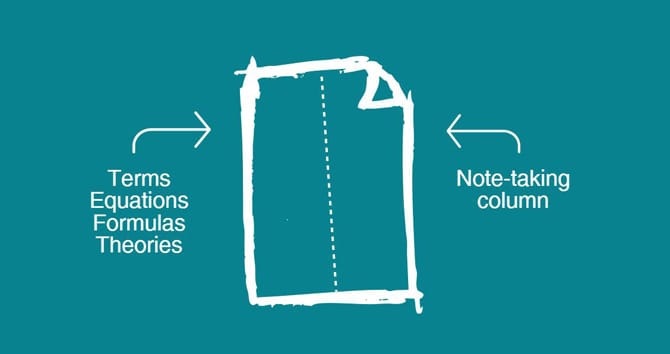
3. Mind map method
Neither of those methods appeal to you?
Try the mind map technique!
Mind mapping is a method which is widely used for problem-solving, design, writing, developing ideas and so on.
It’s the most common way to make yourself think creatively and organize ideas in an easy-to-understand structure.
The approach is easy:
Write down the main idea in the center of the page. Then draw “branches” every time you need to add a sub-topic or a detail to your scheme. At the end of the lecture you’ll have a detailed flow chart of the content you listened to.
Here’s an example:

A scheme like this is really helpful for revising the information you’ve heard before a quiz or exam.
By visualizing content, you structure it in your mind and make it easy to remember.
4. Skeletal note-taking
This effective method of note taking also requires the teacher to be involved in the process.
If you choose this one, ask your teacher to participate.
Some teachers prefer to reveal the outline of the lecture in the beginning. The students’ task is to write down the outline, leaving spaces between the points, and fill in the gaps during the lecture.
It’s a technique that helps students to keep to the structure the teacher chose. It’s also a great way to keep your concentration on the lecture.
You may ask:
“What’s the role of the teacher, that we were just talking about?”
Well, the skeletal note-taking method works much better if the teacher supplies their students with handouts that contain the structure of the lecture and spaces between points which will fit the number of lines the teacher thinks the students will need to write.
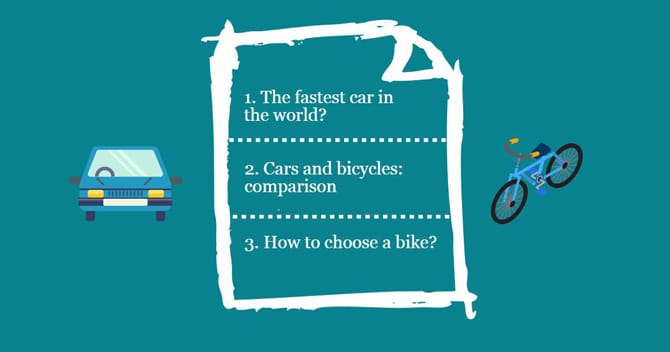
5. Flow note-taking method
A flow-based note-taking method is the most effective way to take notes if you are a fast learner.
The principle of the flow note-taking technique is to represent the ideas you hear using textual and visual information recorded on the page.
The flow note-taking method includes a lot of tables, schemes, arrows, points, offshoots – anything that helps you to represent your “mental model.”

The key idea of this method is this:
to learn every detail, all at once.
If you can master this technique, you will not have any problems with learning what you need to know for a quiz.
So that’s the best methods of note-taking summarised for you.
But this is not the end!
❓ How to study before a test by reviewing your notes
You know a lot now about listening skills and effective note-taking strategies.
But if it doesn’t meet its goal, note-taking can’t be really useful.
And that goal is to help you pass your exams.
To complete your studies, it’s not enough to write down the information – no matter how structured it is.
The last step is the one that really benefits: reviewing your notes after the lecture.
Williams and A. Eggert mentioned in their research that those who review notes before tests perform better than those who don’t.
Although a better solution to learn before exams exists, we aren’t always able to use it.
The solution is the reviewing of the instructor’s notes. Alternatively, you can go for college essay examples on the same topic that you’re studying – those can be as good too.
This is crazy, but reviewing the instructor’s notes, according to K. Kiewra, can even compensate for missing the lecture!
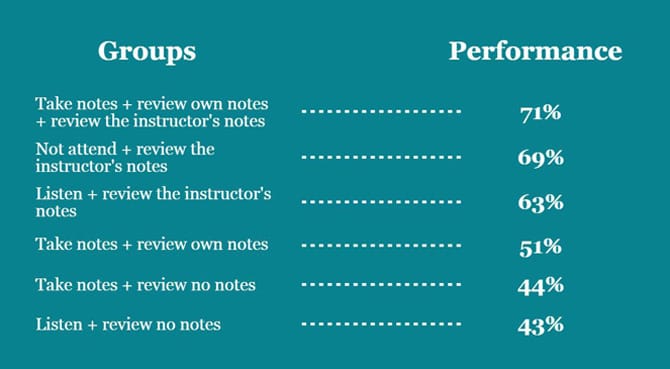
But look, we don’t always have the teacher’s notes, so we have to be sure that we effectively review our own.
How should we do that?
First, write short summaries after every lecture, as soon as possible.
Almost every university agrees that summarizing the content of the lecture is extremely useful for banking information into a student’s long-term memory.
Second, review your notes in the 24 hours before the test.
This is really important to do, so that you remember as much as possible. If you start to learn earlier than 24 hours before the exam, your recall will not be as effective. So manage your time wisely!
Third, read your notes aloud.
Art Markman writes in his blog that this method is effective because we use different kinds of memory pathways while reading notes aloud: visual and auditory. And we produce the words, which is important too.
Now you know how to effectively review information before the exams.
Now it’s time to put it into practice!
In this article we:
- investigated which listening skills can help you to understand the main ideas of the lecture better
- listed the 5 effective methods of note-taking, which help thousands of students
- discussed what are the best approaches to revising your notes.
These tips and techniques are not difficult to apply.
All you need is to focus on the lectures and remember why you attend them.
You attend lectures to learn the subject, to become the best student you can be, or to improve your grades.
But here’s something more important:
You attend lectures to become smarter.
So don’t waste time! Go and increase your knowledge!

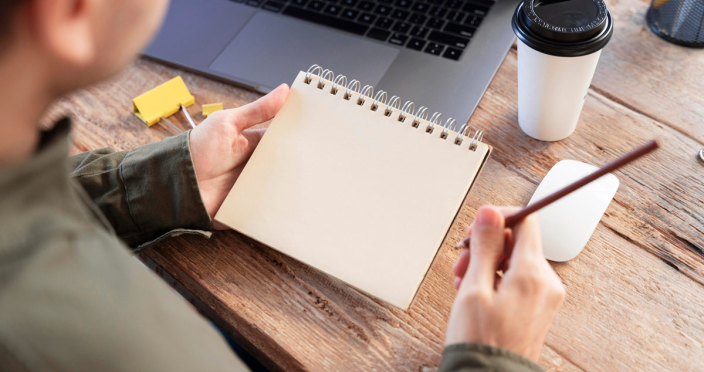





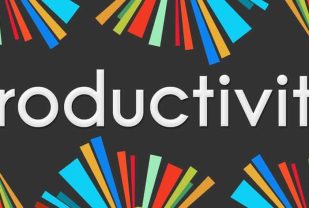
TҺe website іѕ really good, I like it!
Thank you for your feedback! We greatly appreciate it!
Excellent article! Well done. Clear, concise and to the point.
Thank you for your kind words, Frank!
Hi there! This post couldn’t be written any better! Reading through this post reminds me of my previous roommate!
He always kept talking about this. I’ll forward this post to him.
Quite confident he’ll have a great read. Thank you for sharing!
Hi, Henry! Thanks for your feedback and forwarding the post to a friend of yours.
This is more helpful than anything else I’ve looked at.
Thanks! Happy that you found my post helpful.